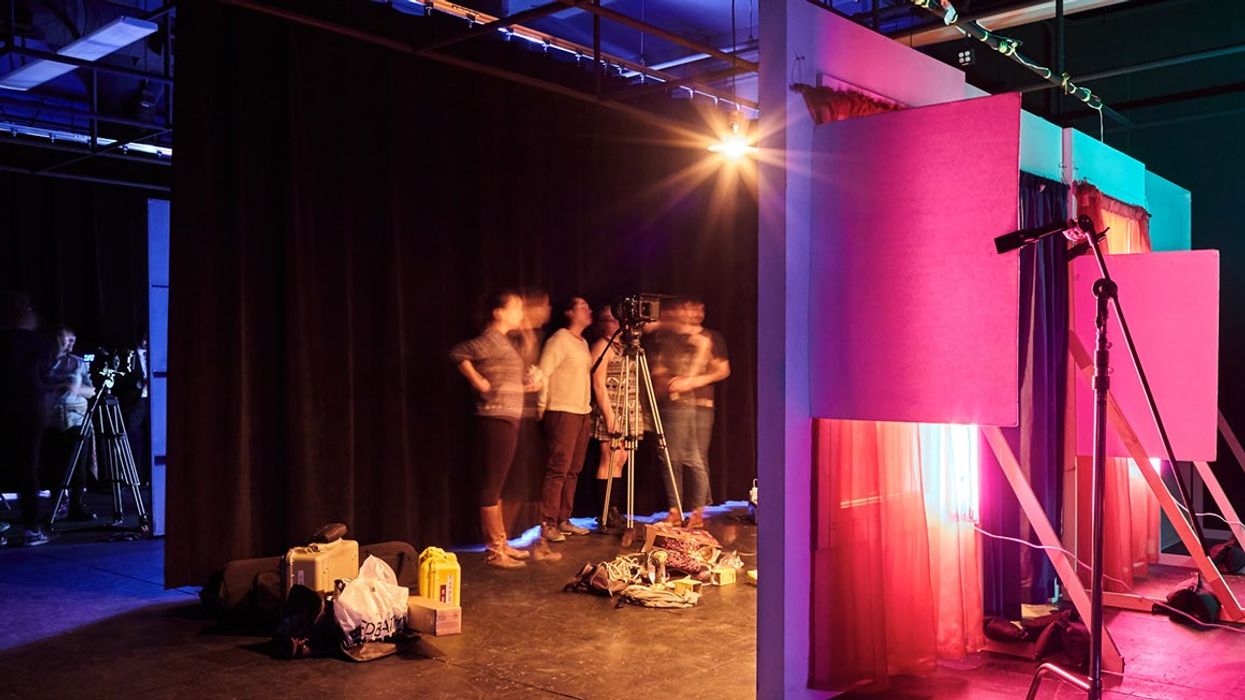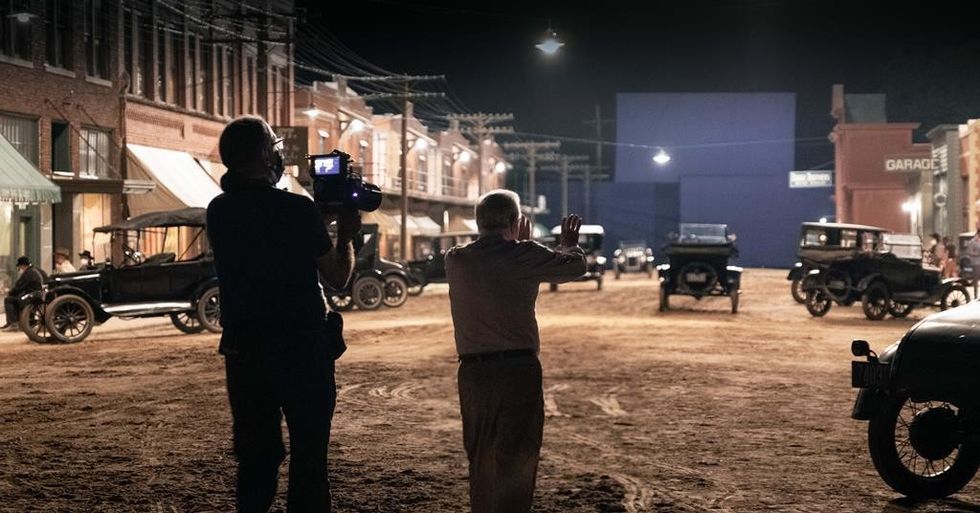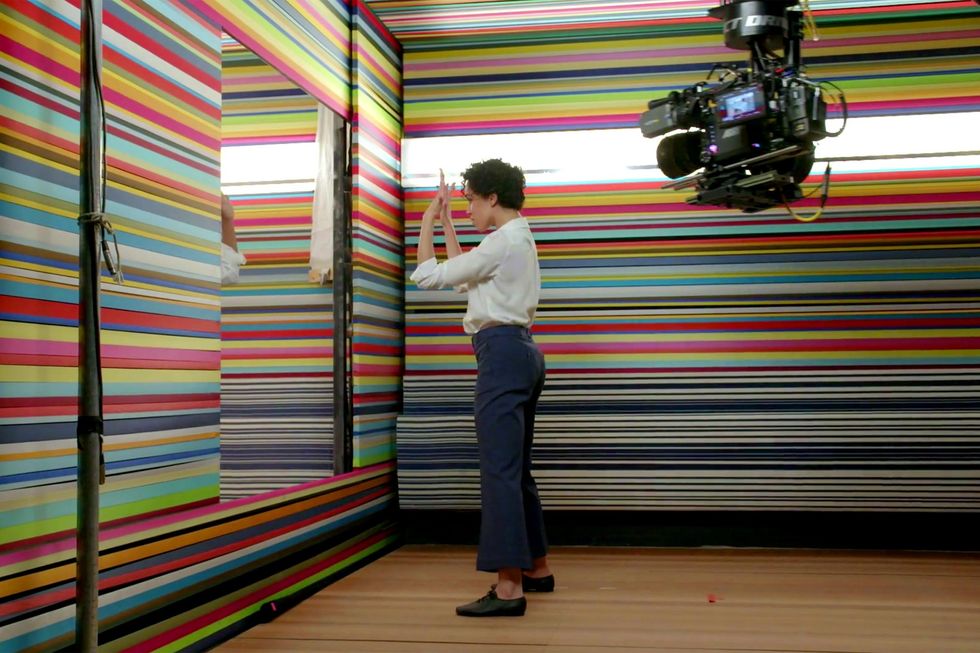How to Create Better Image Contrast While Color Grading (Part 3)
Welcome to the final part of the Creating Better Contrast series.

As we’ve discussed throughout this three-part series (Part 1 and Part 2) contrast manipulation is the fundamental building block of color grading, and it underpins virtually everything we do.
Now that we’ve explored how we can create better tonal contrast and color contrast, we’re going to focus on three principles for creating better spatial contrast using Power Windows inside Davinci Resolve. Let's dive in.
Grading Reductively
Power Windows belong to a category of grading adjustments we call secondaries, and, logically enough, they should be tackled only after we set our primaries—namely exposure, contrast, and color temperature.
If these primaries are set properly, this means the important things in our frame should already appear as we want them to. So, if we want to create more spatial contrast between our subject and their environment, we’re better off knocking things down around them than building up their exposure or contrast.
Thinking Dimensionally
When we’re creating spatial contrast, we want to be mindful of the shot’s original lighting scheme and do our best to apply adjustments accordingly, rather than simply slapping a 2D shape on an image that was captured in three dimensions.
Light Faces, Not Spaces
Finally, we want to be mindful of lighting not just our subject, but the entire scene.
With this approach, you’ll often find that tracking your Power Windows is unnecessary and undesirable. In many cases, it’s better to let a shot evolve and allow your subject to fall into the sweet spot, rather than tightly pinning your shape to their every move. The tracker is a great example of a tool we often use simply because it’s there, rather than because it’s truly adding something to the grade.
Summing It All Up
I hope you’ve enjoyed this series on creating better contrast. Now that we’ve discussed all three key types of contrast, try asking the following questions in your next grade:
- What type of contrast am I trying to manipulate?
- Am I trying to increase or decrease this contrast?
- What’s the cleanest and simplest way for me to make that adjustment?
If you make a regular practice of thinking through these questions, you’re going to find you get faster, more precise, and more pleasing results.
Now that you know how to grade with better contrast, check out my series on grading for ACES.
Like what you're learning? Let us know in the comments section.
For more tips, be sure to subscribe to my YouTube channel or check out my Instagram page.


 Go Behind the Scenes of the Filming of 'Killers of the Flower Moon'
Go Behind the Scenes of the Filming of 'Killers of the Flower Moon' BTS of Spike Jonze's Apple Ad Apple
BTS of Spike Jonze's Apple Ad Apple









